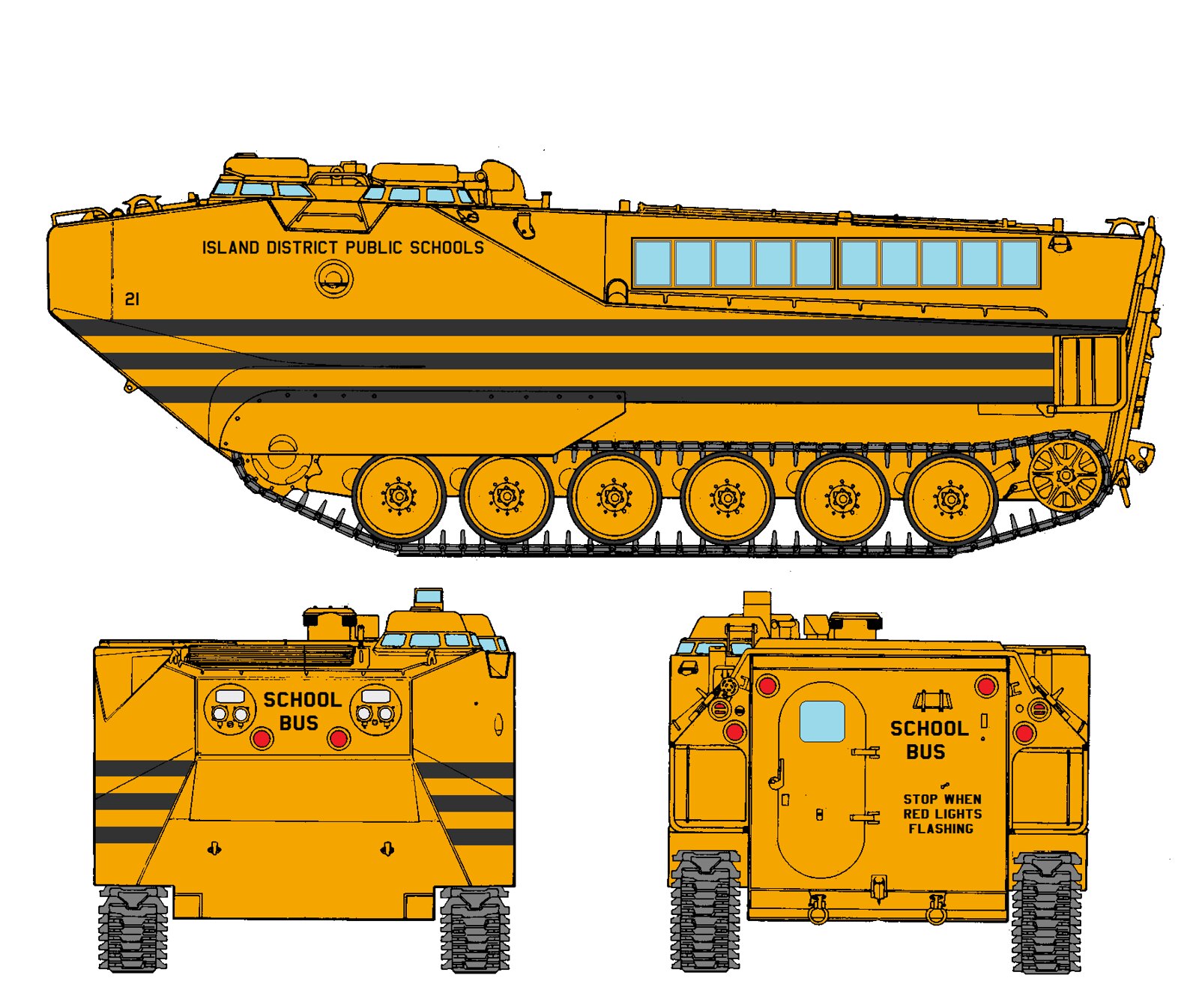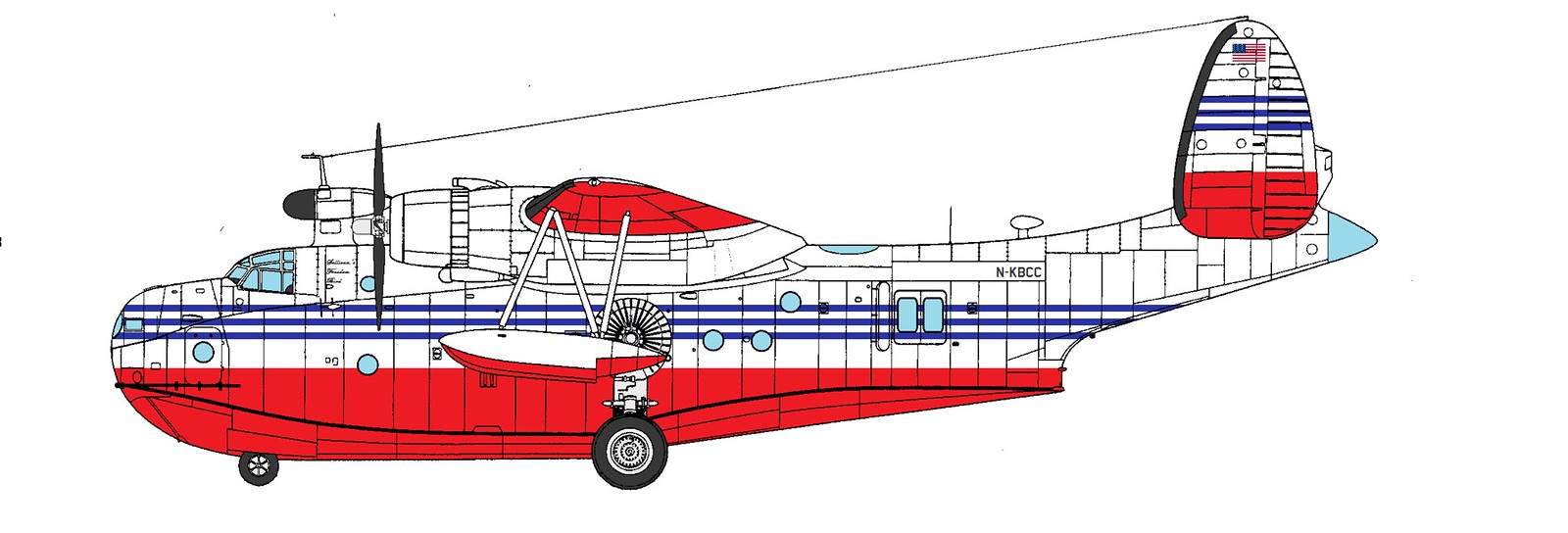1
Swords to Plowshares GB / Re: My take on Swords into Ploughshares
« Last post by Jonesthetank on Today at 10:42:30 PM »And finally the implausible, but a lot more fun ones.
The Aqua Bus
No backstory for this one, other than an internet “factoid” I read somewhere that the USMC refer to the LVTP-7/AAV-7AI as the School Bus (which could well be a total lie, it’s from the internet after all!). Whether true or not, I thought “LVTP-7 as a school bus? Hmmm”, and a profile was born.

Special Delivery
As part of the government sale of former military equipment, the Greendale Post Office purchased one Harrier T2. The aircraft became the fast despatch vehicle for Greendale’s dynamic postie, Pat Clifton, who was often to be seen flying over the hills and dales round Greendale with is black & white cat, Jess.

https://en.wikipedia.org/wiki/Postman_Pat
I was a bit too old for Postman Pat when he first hit the screen in the UK, but the show was required viewing when I was university (don’t ask why, I honestly can’t remember!)
The Mystery Machine Mk2
After their last adventure, where Old Mr Peterson had tried to get rid of those “pesky kids” using an IED and a barrage of RPG-7s, the gang had decided that the Mystery Machine didn’t offer a lot of protection. Luckily Scooby was able to get in touch with an old pal, Duke, a former US Army War Dog. Through Duke’s contacts the gang were able to get hold of a new van, which they immediately named as “The Mystery Machine Mk2”. The new van offered all the protection they needed, but still had more than enough space to carry loads of Scooby Snacks. Fully equipped and loaded, the gang were off on their next adventure........

The Aqua Bus
No backstory for this one, other than an internet “factoid” I read somewhere that the USMC refer to the LVTP-7/AAV-7AI as the School Bus (which could well be a total lie, it’s from the internet after all!). Whether true or not, I thought “LVTP-7 as a school bus? Hmmm”, and a profile was born.

Special Delivery
As part of the government sale of former military equipment, the Greendale Post Office purchased one Harrier T2. The aircraft became the fast despatch vehicle for Greendale’s dynamic postie, Pat Clifton, who was often to be seen flying over the hills and dales round Greendale with is black & white cat, Jess.

https://en.wikipedia.org/wiki/Postman_Pat
I was a bit too old for Postman Pat when he first hit the screen in the UK, but the show was required viewing when I was university (don’t ask why, I honestly can’t remember!)
The Mystery Machine Mk2
After their last adventure, where Old Mr Peterson had tried to get rid of those “pesky kids” using an IED and a barrage of RPG-7s, the gang had decided that the Mystery Machine didn’t offer a lot of protection. Luckily Scooby was able to get in touch with an old pal, Duke, a former US Army War Dog. Through Duke’s contacts the gang were able to get hold of a new van, which they immediately named as “The Mystery Machine Mk2”. The new van offered all the protection they needed, but still had more than enough space to carry loads of Scooby Snacks. Fully equipped and loaded, the gang were off on their next adventure........




 Recent Posts
Recent Posts








